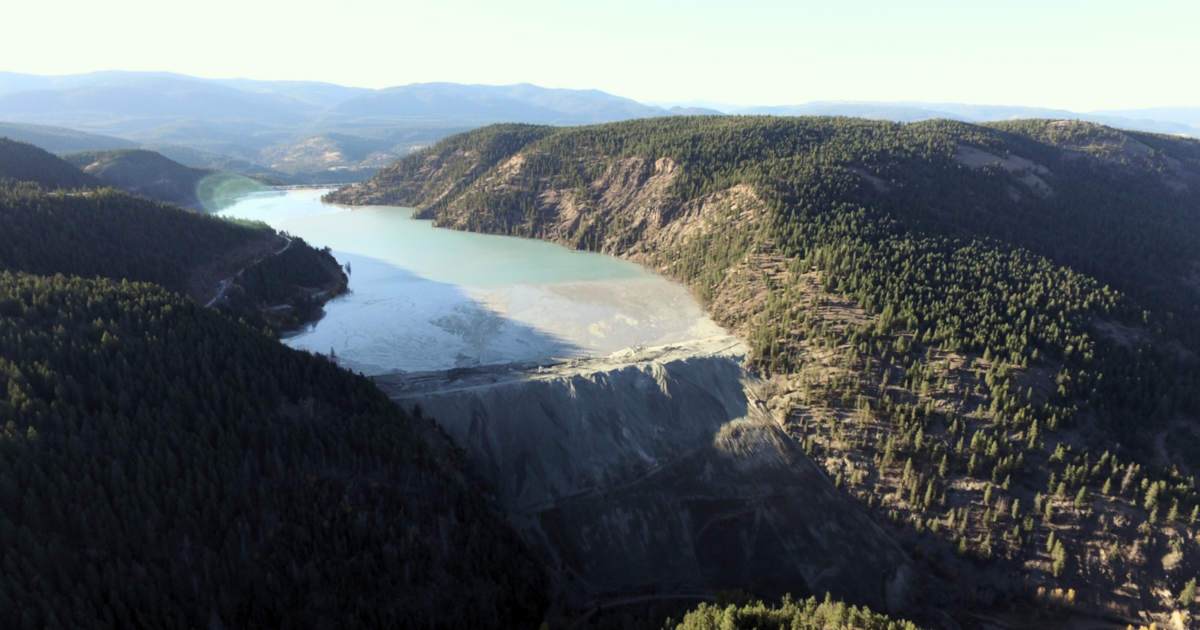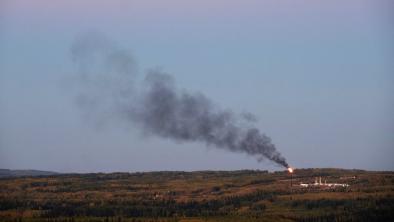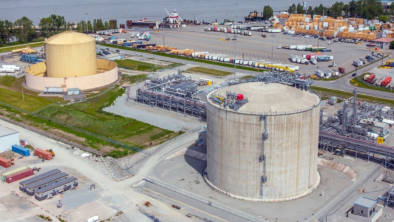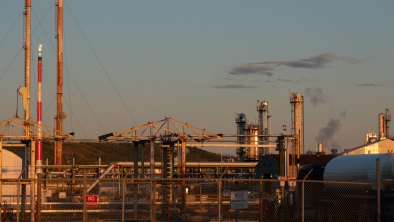BC's critical minerals strategy: Assessing environmental impact and Indigenous rights

Wilderness Committee submission to BC Critical Minerals Strategy Discussion Paper
Mining is an industry that can be done with minimal environmental impact but most often is not, due to a global race to the bottom where careless practices and weak rules enable the production of minerals at the lowest cost. Communities and ecosystems here in BC and around the world have instead paid the price with polluted lands and waters.
Global energy transition offers the opportunity to change the industry’s track record and demand better of the companies that produce the necessary materials for modern life. It also carries staggering risk that the health of many more people and places is sacrificed for the profit of a select few. Given the demand for certain minerals involved with the transition to electric vehicles and renewable energy, the province can afford to set the highest possible standards for environmental protection and Indigenous consent. This paper would also benefit from a better definition of critical minerals and identification of which products actually further the energy transition.
Challenging the 'solid' image of BC mining
The Wilderness Committee would disagree with the assessment that BC’s mining industry has a “solid” environmental, social and governance performance. Disasters like Mount Polley, pollution in the Elk, Similkameen and Taku watersheds among others, and the disregard for Indigenous rights in the mineral claims process would suggest otherwise. It would be great if the sector’s environmental stewardship was something the province could be proud of, but there’s a long way to go before there’s any credibility to these claims.
It’s not entirely clear what the paper means by Advancing Recognition and Reconciliation with Indigenous Peoples. While it highlights the Declaration Act, the entire section is about encouraging Indigenous participation in the mining industry and securing Indigenous consent for mining projects. While there are certainly First Nations who want to engage the sector, and it is their right to do so, this section would benefit from an acknowledgement that many nations want to protect their territories from mining activity, and those wishes must also be respected. Discussion questions for this section amount to asking how the province can get First Nations on board with its mining expansion plans. This is not an approach to reconciliation the Wilderness Committee supports, and this strategy should enable the aspirations of First Nations whether they want to participate in this sector or not.
Re-mining and reclamation
When it comes to public geoscience data, the province should explore ways to identify the minerals left in abandoned and legacy mine waste to support the potential for re-mining and reclamation. Waste rock often leaches heavy metals into groundwater, but it also contains minerals that were overlooked or uneconomic to extract during the mine’s operations. Providing an opportunity to access these materials while cleaning up polluting sites would bring significant environmental and economic benefits. New regulations to reduce barriers to cleaning up these sites may be necessary without jeopardizing existing rehabilitation standards or the liability of current operators.
Prioritizing critical minerals for a sustainable future
Priority should also be given to critical minerals that further the energy transition, such as copper, lithium, cobalt and manganese. There are already significant tax breaks and subsidies to the mineral exploration and mining sector. It may be possible to shift these existing credits from their current broad approach to secure targeted investment in the highest priority minerals for the energy transition, but the Wilderness Committee would not support new fiscal tools to encourage investment in exploration and extraction.
Investing in local value
There may, however be an advantage in providing a competitive investment framework for refining and manufacturing in BC. This would help the province overcome the constraints of an economy based on resource extraction, where raw materials are shipped overseas to create jobs in other countries. Creating more value in terms of jobs and economic activity from the minerals extracted here would allow us to proceed with the critical minerals strategy in a measured way with strong protections for the environment, as opposed to the gold rush mentality that has often left struggling communities and ruined ecosystems in its wake.
Regulation oversight
The Wilderness Committee participates in many public engagement processes and rejects the premise that regulations form “barriers” to critical minerals projects. In fact, BC’s regulatory system for mining remains weak where it exists at all. Antiquated tailings ponds remain the main way mining companies deal with waste when safer alternatives like dry stacking are available. Permitting processes rarely result in the rejection of hazardous projects despite significant public outcry. It’s troubling that this discussion paper considers what little regulations are in place to protect British Columbians and the ecosystems we rely on as barriers to be removed to facilitate mining. If this process results in even less environmental protection, it will be a failure.
Where it is worth considering regulatory barriers is around remining and the potential for cleaning up old mine sites and tailings ponds. Battery reuse and recycling may also face regulatory challenges that need to be addressed to create a circular economy in the province rather than offloading the process to jurisdictions with weaker health and environmental rules. Working with the federal government on increasing benchmarks for recycled content in electric vehicle batteries produced in Canada would help foster the recycling industry necessary to ensure the maximum reuse of limited critical minerals.
A path to sustainability
Finally, while critical minerals are indeed necessary for the energy transition, the province should prioritize climate solutions that minimize resource consumption while maintaining or even improving quality of life. The Climate and Community Project’s Achieving Zero Emissions with More Mobility and Less Mining report shows the need for minerals like lithium for electric vehicles could be reduced dramatically simply by prioritizing public transit and active transportation, limiting the size of batteries and recycling as much as possible. There are physical, economic and environmental limits to the amount of critical minerals BC can produce — and serious impacts with every tonne. Therefore, it should promote policies that put these metals to their best use rather than promise an electric SUV in every garage. Strategic infrastructure investments that enable as many British Columbians as possible to give up their vehicles offer more benefits than those that facilitate the extraction of critical minerals. It would be great to see those values reflected in the framework for this strategy.


